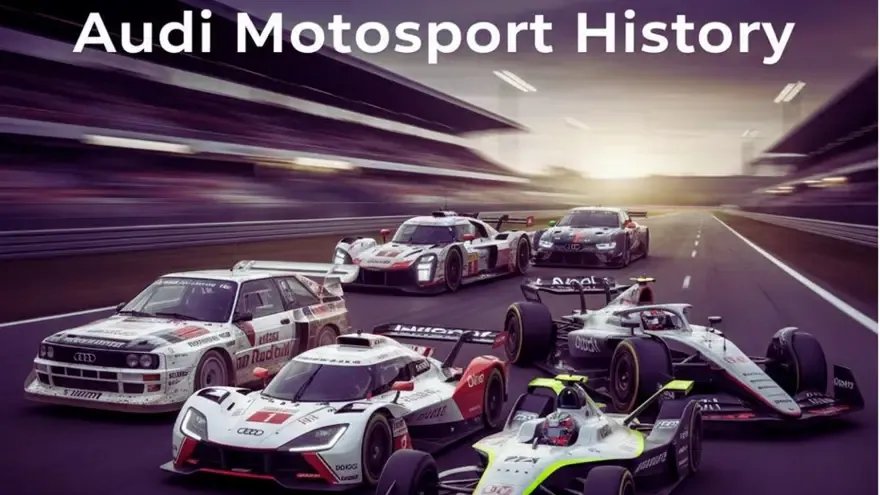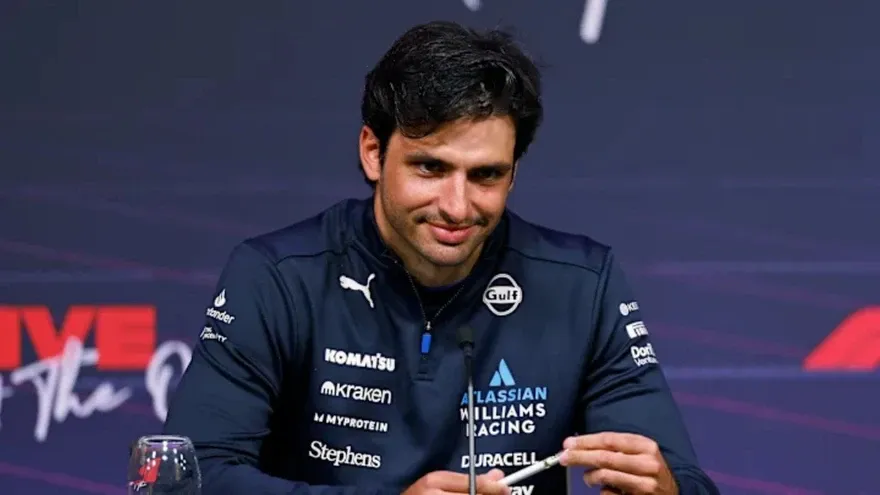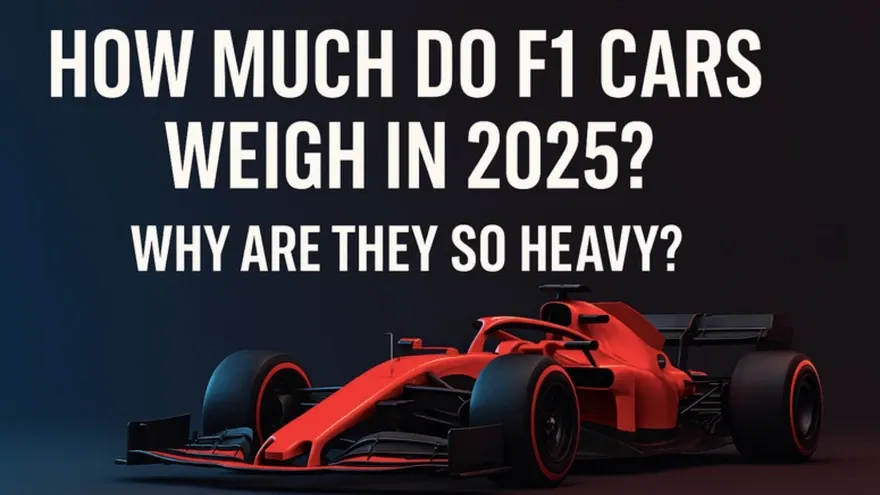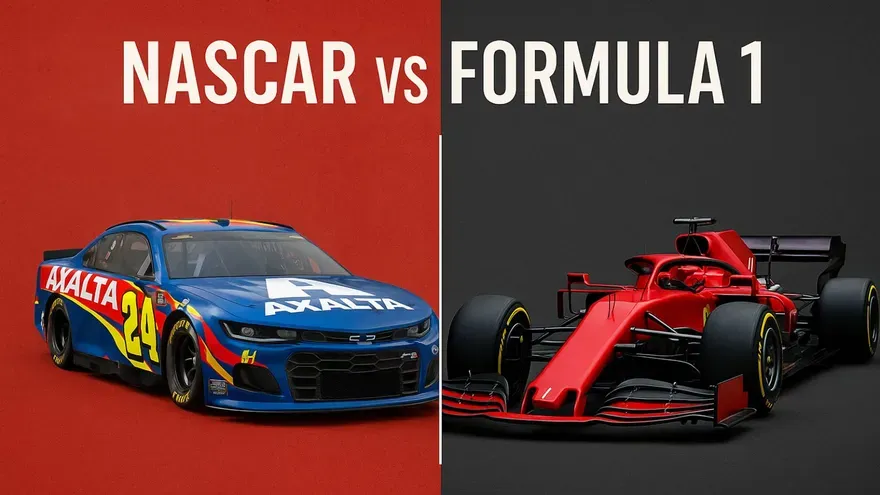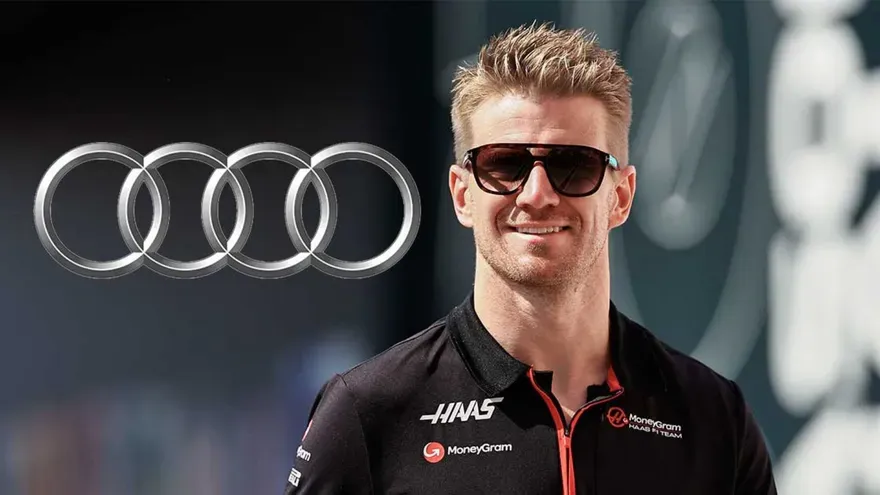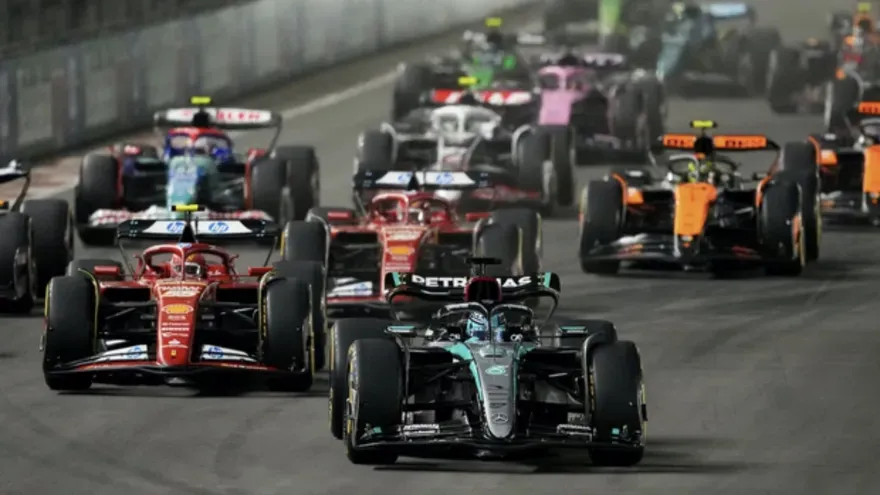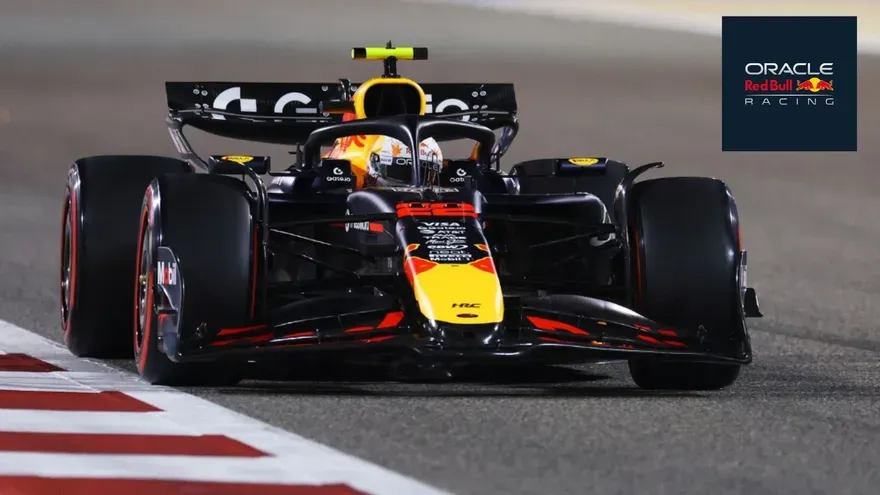Formula racing has captured the imagination of people all around the world with its high-speed cars, cutting-edge technology, and thrilling races. However, with so many different types of racing series and classes, it can be difficult to keep track of the differences between them. In this article, we will break down the differences between the four most popular Formula racing series – Formula One (F1), Formula Two (F2), Formula Three (F3), and Formula E (FE) – to help educate motorsport fans.
*Table is mentioned below for quick comparison.
F1 vs F2 | What is the main difference between F1 and F2?
Formula One, commonly abbreviated as F1, is the most prestigious and highest level of single-seater racing in the world. It is sanctioned by the FIA (Fédération Internationale de l'Automobile), which is the governing body of world motorsport. F1 is known for its high-performance cars, advanced technologies, massive budgets and top-tier drivers from all around the world. It is the category that has produced some of the most famous drivers in history, such as Michael Schumacher, Ayrton Senna , and Lewis Hamilton. F1 has total 10 teams and 20 drivers each team having 2 drivers.
Formula Two, abbreviated as F2, is the second-highest level of single-seater racing after F1. F2 is the second-highest category of open-wheel motorsport and serves as a feeder series for F1.It was formerly known as the GP2 series and was renamed in 2017.Many of the top formula 1 drivers have been promoted to F1 from F2 like Lewis Hammilton, Max Versttapan.Formula has total 11 teams and each team having 22 drivers.F2 races take place on the same tracks as F1 races.
Recommended Read | 11 lesser known facts about the Formula 1
F1 vs F2 | What is the difference between F1 and F2 Cars?
One of the key differences between F1 and the other Formula racing series is the level of technology and engineering that goes into the cars. F1 cars are some of the most advanced and sophisticated racing machines in the world, with a range of high-tech features such as kinetic energy recovery systems (KERS), turbochargers, and active suspension systems.The F1 cars feature advanced aerodynamics and are designed to generate high levels of downforce, which allows them to corner at high speeds.F1 cars are incredibly powerful and can reach speeds of up to 360 km/h (224 mph). They are typically powered by a 1.6-liter V6 turbocharged engine and are capable of producing over 1,000 horsepower. F1 cars also feature advanced aerodynamics, which allow them to generate downforce and maintain grip at high speeds.
Also check here F1 car Aerodynamics Explained
The cars used in F2 are also high-performance open-wheel racers, but they are not as advanced as those used in F1. They are powered by 3.4-liter V6 engines that produce around 620 horsepower and can reach speeds of up to 200 mph (320 km/h). The cars also feature advanced aerodynamics but are designed to generate less downforce than their F1 counterparts.They also feature simpler aerodynamics than F1 cars, which allows for closer racing and more overtaking opportunities.
Another difference between F2 and F1 is the level of standardization in the cars. Unlike F1, where each team designs and builds their own cars, F2 cars are all identical and built by a single manufacturer (currently, Dallara). This ensures that the focus is on driver skill and not on the performance of the car itself.
Check out here What is the cost of Formula 1 cars
F1 vs F2 | What is the difference between race tracks and points systems between F1 and F2?
F1 races take place on purpose-built tracks, with each race lasting around two hours. The season typically runs from March to December and consists of 20-23 races.Races are scored based on a points system, with the driver who accumulates the most points over the course of the season crowned as the World Champion.F1 races typically consist of a weekend-long event, with multiple practice sessions and qualifying rounds leading up to the main race. The race itself is usually around 200 miles long and lasts for around two hours.
F2 races take place on the same tracks as F1 races, with drivers competing in a series of sprint races and a feature race over the course of a weekend. The points system used in F2 is similar to that used in F1, with the driver who accumulates the most points over the course of the season crowned as the champion.
Also Read | Toughest tracks in Formula 1
F1 v F3:
Considered as the starting point for rookie F1 drivers and usually built by Mygale, Formula 3 cars top out at a speed of 270 kmh, making them the slowest fuel-based Formula racing vehicle. Similarly, the Formula 3 chassis is used by all teams, and is also built by Dallara. Like F2, this series also implements a carbon-fiber monocoque chassis powered by a Mecachrome naturally-aspirated direct-injected V6 engine.
The Formula 3 format follows a similar format as F2 during race weekends, with a feature race and a sprint race. The sprint race too consists of a reversed feature race Top 8, with the rest of the pack remaining as they are.
Feature races are generally longer in nature, while sprint races are shorter. F3 starts with a single practice session and qualifying on Friday. On Saturday is the feature race and a reversed top 8 in the feature race will be present for Sunday’s sprint race.
Also Read | Is Formula 1 better than NASCAR
F1 vs FE:
Formula E, or FE, is a newer and more eco-friendly version of Formula racing, featuring electric cars that will top out at a speed of 220 km/h. In contrast, F1 cars can hit speeds of 374 km/h. When it comes to the cars used, F1 racing utilizes a variety of models while FE sticks to the Park-Renault SRT_01E.
Formula E also has a younger audience base, and fields two teams from the United States. The electric cars in FE are quieter than F1 cars, and the racing format is different. Instead of a pit stop for refueling or tire changes, FE drivers must switch to a fully charged car in the middle of the race, adding an extra element of strategy.
Table: F1 vs F2 vs F3 vs FE major differences
Category | Cars | Engine | Top Speed | Cost | Format |
F1 | Teams have their own variety of models and technology | Turbocharged V6 engines KERS Turbocharger Active Suspension | Approx. 374 km/h | Approx. $200-500 million per season | Practice sessions, qualifying, and one main race |
F2 | Identical cars designed by Dallara F1 for all drivers | Naturally-aspirated V6 engines | Approx. 310 km/h | Approx. $311,000 per season | Practice sessions, qualifying, one main feature race and one sprint race |
F3 | Identical cars designed by Dallara for all teams | Naturally-aspirated V6 engines | Approx. 270 km/h | Approx. $200,000 per season | Practice sessions, qualifying, one main feature race and one sprint race |
FE | Identical cars designed by Spark Racing Technology | Electric motors | Approx. 220 km/h | Approx. $20-30 million per season | Practice sessions, qualifying, and one main race |
Stay tuned to Chase Your Sport for more detailed information about Formula 2 and Formula 3.
